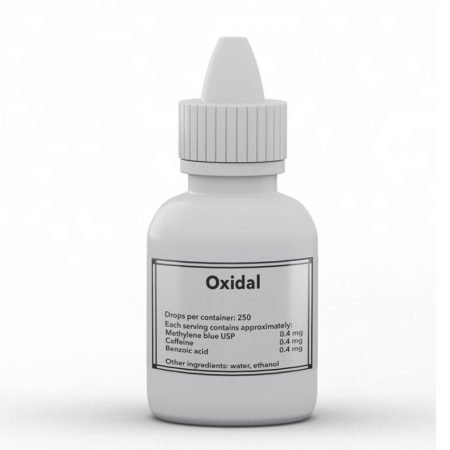Както вероятно сте забелязали в последно време има бум на телевизионни реклами на лекарства за лечение на фибромиалгия. Това е поредното състояние с мистериозен произход, поне според официалната медицина. Лечението се състои главно от GABA агонисти като Лирика, но официалната версия е (разбира се) че няма лек, защото причините са неизвестни.
Е, изследването по-долу показва отново, че често причината (и лечението) на мистериозното и неизлечимо състояние фибромиалгия е много по-проста и обикновена, отколкото властите биха искали да ви убедят. Както се оказва, простият кръвен тест за хроничните нива на глюкоза (A1C) е способен да направи почти перфектна диференциация между пациентите с фибромиалгия и контролната група, както и да предскаже кои ще имат “изригване” от увеличен болков синдром. Освен това лечението с препарат (метформин), обикновено използван за диабет 2 и подобряващ инсулиновата чувствителност, съществено подобрява състоянието. Това разбира се има голям смисъл, тъй като хората с инсулинова резистентност и диабет 2 имат периферна невропатия и други проблеми с нервите, като болката е една от най-честите оплаквания. Така че не е никак изненадващо, че GABA агонистите като Лирика помагат, като имат мощни ефекти върху подобряването на инсулиновата чувствителност. Ако това е така, то добрият стар ниацинамид трябва да е идеално лечение за фибромиалгия, не само заради благоприятните му ефекти върху инсулиновата чувствителност чрез намаляване на свободните мастни киселини, но и защото самият ниацинамид е GABA агонист, подобен на ефектите на бензодиазепините (GABA-A агонисти). Единствената причина, поради която Лирика е разработена е защото тези по-стари лекарства са с изтекъл патент и освен това са много евтини.
“…The UTMB team of researchers, along with collaborators from across the U.S., including the National Institutes of Health, were able for the first time, to separate patients with fibromyalgia from normal individuals using a common blood test for insulin resistance, or pre-diabetes. They then treated the fibromyalgia patients with a medication targeting insulin resistance, which dramatically reduced their pain levels. The study was recently published in PlosOne. Fibromyalgia is one of the most common conditions causing chronic pain and disability. The global economic impact of fibromyalgia is enormous — in the U.S. alone and related health care costs are about $100 billion each year. Despite extensive research the cause of fibromyalgia is unknown, so there’s no specific diagnostics or therapies for this condition other than pain-reducing drugs.
“Earlier studies discovered that insulin resistance causes dysfunction within the brain’s small blood vessels. Since this issue is also present in fibromyalgia, we investigated whether insulin resistance is the missing link in this disorder,” Pappolla said. “We showed that most — if not all — patients with fibromyalgia can be identified by their A1c levels, which reflects average blood sugar levels over the past two to three months.” Pre-diabetics with slightly elevated A1c values carry a higher risk of developing central (brain) pain, a hallmark of fibromyalgia and other chronic pain disorders.” The researchers identified patients who were referred to a subspecialty pain medicine clinic to be treated for widespread muscular/connective tissue pain. All patients who met the criteria for fibromyalgia were separated into smaller groups by age. When compared with age-matched controls, the A1c levels of the fibromyalgia patients were significantly higher.
“Considering the extensive research on fibromyalgia, we were puzzled that prior studies had overlooked this simple connection,” said Pappolla. “The main reason for this oversight is that about half of fibromyalgia patients have A1c values currently considered within the normal range. However, this is the first study to analyze these levels normalized for the person’s age, as optimal A1c levels do vary throughout life. Adjustment for the patients’ age was critical in highlighting the differences between patients and control subjects.”
Източник:
- Колко пресни портокала са ви необходими, за да изчистите черния си дроб от мазнини?
- Хроничният стрес понижава допамина и причинява психични заболявания
- Естрогенът и кортизолът, а не андрогените, потискат имунитета
- Инхибирането на ароматазата (за намаляване на естрогена) може да доведе до лечение на рак на стомаха.
- Потиснатият имунитет, а не вирусите (HPV), може да е причина за рака на кожата










